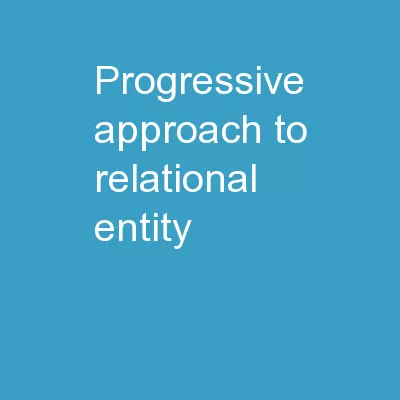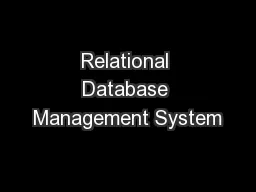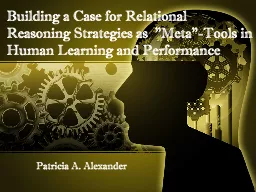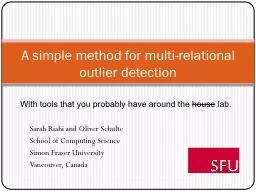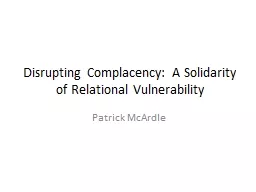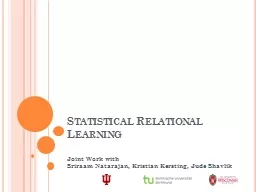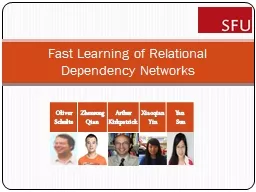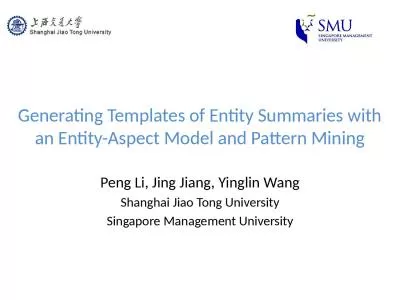PPT-Progressive Approach to Relational Entity
Author : mitsue-stanley | Published Date : 2018-12-07
Resolution Yasser Altowim Dmitri Kalashnikov Sharad Mehrotra Data Processing Flow Analysis Decision Data Quality of Analysis Quality of Decision Quality of Data
Presentation Embed Code
Download Presentation
Download Presentation The PPT/PDF document "Progressive Approach to Relational Entit..." is the property of its rightful owner. Permission is granted to download and print the materials on this website for personal, non-commercial use only, and to display it on your personal computer provided you do not modify the materials and that you retain all copyright notices contained in the materials. By downloading content from our website, you accept the terms of this agreement.
Progressive Approach to Relational Entity: Transcript
Download Rules Of Document
"Progressive Approach to Relational Entity"The content belongs to its owner. You may download and print it for personal use, without modification, and keep all copyright notices. By downloading, you agree to these terms.
Related Documents

